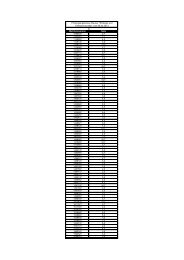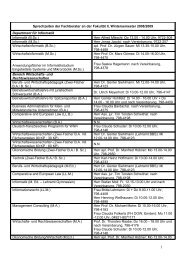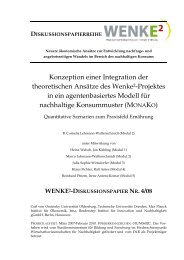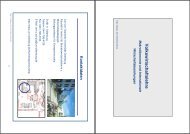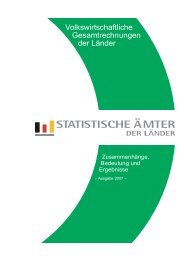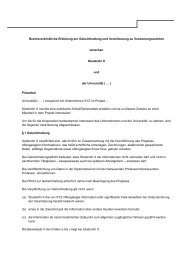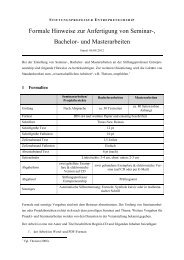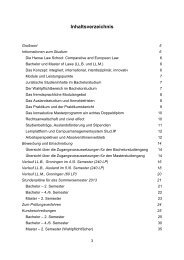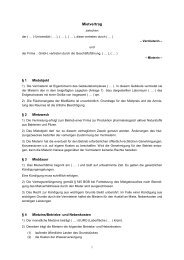Pro-Environmental Behavior and Rational Consumer Choice
Pro-Environmental Behavior and Rational Consumer Choice
Pro-Environmental Behavior and Rational Consumer Choice
Create successful ePaper yourself
Turn your PDF publications into a flip-book with our unique Google optimized e-Paper software.
<strong>Pro</strong>-<strong>Environmental</strong> <strong>Behavior</strong> <strong>and</strong> <strong>Rational</strong> <strong>Consumer</strong> <strong>Choice</strong> 10<br />
In addition to considerations of unforeseen hedonic adaptation to consumption levels,<br />
distorted choices of pro-environmental behavior may be caused by a lack of familiarity<br />
with pro-environmental behaviors <strong>and</strong> a lack of information about their benefits <strong>and</strong> costs.<br />
Distorted choice may therefore apply to pro-environment consumption not only indirectly<br />
due to an ex ante overvaluation of the quantity consumed, but also directly due to a<br />
cognitively based undervaluation of the environmentally relevant quality of consumption.<br />
In the empirical part of the paper we consider three pro-environmental behaviors,<br />
namely consumption of environment-friendly products, recycling, <strong>and</strong> water conservation.<br />
We explore not only the general validity of distorted choice but in addition try to shed<br />
some light on the relevance of the possible causes of distorted choice with respect to these<br />
kinds of behaviors.<br />
To conclude this general discussion, we note that the hypothesized distortions – if valid<br />
– arise over <strong>and</strong> above public-good related market failure. The distortions imply that the<br />
individual could be better off by choosing differently even if other individuals’ choices are<br />
held constant. The distortions thus constitute a deviation from individual rationality, in<br />
addition to the familiar deviation from a Pareto optimal allocation.<br />
2.3 The Theoretical Model<br />
Let x ≥ 0 denote the quantity <strong>and</strong> q ≥ 0 the environmental friendliness of an individual’s<br />
consumption. 10 q ≥ 0 denotes the environmental friendliness of other people’s<br />
consumption <strong>and</strong> Q = q + q overall environmental quality (public good). Then, the<br />
individual’s (experienced) utility function is stated as follows (using θ to denote a vector<br />
of individual characteristics <strong>and</strong> socio-economic conditions):<br />
u = U ( x,<br />
q,<br />
Q,<br />
θ ) .)<br />
In this formulation, the presence of q captures the utility derived from factors such as the<br />
‘warm glow’, prestige <strong>and</strong> non-environmental benefits (health), whereas the presence of Q<br />
captures the utility derived from environmental quality. This formulation highlights the<br />
two main channels through which environmental friendliness of consumption may deliver<br />
utility, namely in its capacity as a private good (yielding the warm glow etc.) <strong>and</strong> as a<br />
contributor to the public good of environmental quality.<br />
The quantity variables as well as the quality variables are assumed to exhibit positive,<br />
decreasing marginal utility <strong>and</strong> non-negative cross-derivatives:<br />
U 0, U < 0,<br />
U > 0,<br />
U < 0,<br />
U > 0,<br />
U < 0,<br />
U ≥ 0,<br />
U ≥ 0,<br />
U ≥ 0 . (1)<br />
x > xx q qq Q QQ xq xQ qQ<br />
As a complement to the utility function we introduce a unit cost function (or price<br />
function), which specifies the unit cost of the quantity consumed as a function of<br />
environmental friendliness:<br />
10 The quantity, x, is to be understood as a Hicksian composite.





